
HOW EFFECTIVE IS MICRONEEDLING FOR ACNE SCARS?
Each morning, you rise to greet the sun. The first person you see? Usually yourself – and more importantly, your own face. What do you see, and how do you feel about what you see? Hopefully, you see the amazing person you really are. Unfortunately, some people really struggle with self-love because of skin issues like acne and scarring.
If you have struggled with severe acne for most of your life, you already know the scars left behind are a constant reminder of a difficult, awkward, and painful time of your life. If you continue to struggle with acne now, you aren’t alone. The International Dermal Institute estimates that 40 to 50 percent of all adults continue to struggle with acne long-term.
Acne impacts teens and adults alike and even those with less severe cases can be left with scarring. The good news is that there are treatments, including microneedling, that can significantly reduce the appearance of scars and marks.
ACNE SCARING
Your skin is your most valiant defender; it locks bacteria out and fights environmental harms every single day. That defender role is also why the skin tirelessly works to defend and heal itself as it fights through each acne outbreak.
True acne isn’t just the appearance of a pimple here or there; it’s much more serious. The skin becomes inflamed, the follicles rupture, and some of the follicles form abscesses because of bacteria found in excess oil. The natural healing process can leave scarring, but picking at acne scars and popping abscesses is also a significant contributor.
Some people experience severe monthly acne outbreaks. Others only seem to suffer with the occasional outbreak. Still others have continuous, ongoing issues with cases of acne that simply won’t resolve without medical intervention, like antibiotics or even steroids. Many patients find they need to use prescription ointments and sometimes oral medications to get the bacteria under control, at least the first time around.
WHAT CAUSES ACNE?
Researchers continue to probe into the causes of acne to get a better picture of how this issue happens. Old wives’ tales suggest foods, including chocolate, sugar, or fried foods, are responsible, or that hormones cause acne. We now know that while these may play a role in breakouts, it’s only a small part of the story.
Science tells us that acne is driven by genetics. If your parents had acne, you are more likely to experience acne yourself. Individuals who do not treat their acne – whether with OTC or prescription treatments – are also more likely to get scars, as earlier treatment can prevent acne from escalating to the point where scar-causing infections develop.
Then, there’s the issue of picking. It can be nearly impossible to resist the urge to pick your acne or pop pimples; this is an instinctual reaction that probably helped us rid the skin of infections before modern medicine. Today, it just exacerbates the problem because individuals who pick their scars and touch their faces experience more scarring than those who don’t.
WHAT IS MICRONEEDLING?
Also known as skin needling or collagen induction therapy, microneedling involves rolling a small roller-like device covered with very tiny (“micro”) needles over the surface of the skin. The needles are small enough to poke very small, shallow holes in the surface of the skin. These holes create miniscule “injuries” that stimulate the production of collagen for healing. The collagen produced in healing fills in fine lines and creates a plumping effect that can turn back the hands of time.
Microneedling is a fantastic way to improve the overall tone and texture of your skin. Service providers can use microneedling on any area of the body, but typically offer facial microneedling services by default. The procedure improves:
- Overall texture of the skin
- Smooths out skin tone
- Minimizes or eliminates hyperpigmentation issues or dark spots
- Heals sun damage
- Treats fine lines and wrinkles
- Stimulates collagen production
- Minimizes or eliminates scarring (depending on the cause and severity)
ABOUT THE PROCEDURE
Every microneedling service starts with a consultation. Your medical professional will review your skin and history to determine your acne story. Then, they’ll explain the procedure and start.
Your medical professional will apply an anesthetic cream to your skin to make sure you are comfortable during the procedure. This cream numbs the first few layers of skin, but microneedling generally isn’t seriously painful anyway. Most patients report little more than slight stinging or uncomfortable pressure during the procedure.
After the treatment, your medical professional will apply a soothing cream or oil to reduce drying and reactions. A small number of patients experience sunburn-like redness immediately after the procedure. This is temporary and transient.
The severity of your wrinkles or scarring determines how many treatments you need. The greater the scarring, the more treatments are indicated. Three to six treatments is the gold standard for the average patient.
MICRONEEDLING FOR ACNE SCARS
Even the National Institutes of Health recognizes the potential effectiveness of microneedling for acne scars. In a small study, there was a marked increase in collagen types I, III, and VII, with new collagen formations in every biopsy performed after treatment. The study determined that “multiple minimally invasive sessions of skin microneedling are an effective treatment for post-acne atrophic scars…”
During sessions for acne scarring, your medical professional will assess the depth of your scars to determine what level of microneedling you may need. The medical professional will grade your scarring based on clinical factors, categorizing you as having macular erythematous pigmentations (color issues), mild atrophy or hypoatrophy (scars not noticeable socially, or easily covered by makeup), moderate scarring that is not easily hidden, or severe scarring.
He or she will also consider the size and shape of your scarring – whether it is ice pick (narrow depressions with a “v” cross-section, boxcar (scarring with a round or oval look), or rolling (wide scarring that can cause the skin to have a pitted appearance).
DOWNTIME AND RECOVERY
While microneedling for acne scars tend to come with very little downtime, individuals with severe acne scarring should be prepared to see slightly more downtime than someone using the treatment for strict cosmetic purposes. The length of time your skin may be red, discolored, or blotchy will vary depending on the type and shape of your scarring. You should avoid the use of certain skin care products, including makeup, or spending too much time in the sun while you are healing.
The average patient experiences a few days of discoloration before the skin recovers from the treatment itself. You should begin to see improvements in your skin tone due to new collagen growth within the following weeks and months, especially with ongoing treatments.
As a final note, be exceptionally cautious about taking matters into your own hands. There are a number of dubious home microneedling products available on the market, but many are questionable and likely to worsen a problem if used incorrectly.
Most medical professionals and dermatologists don’t recommend the DIY approach; it’s just too risky. Medical professional are trained to pair microneedling treatments with just the right amount of pressure to promote healing without creating more unnecessary injury or added scarring.
 None
None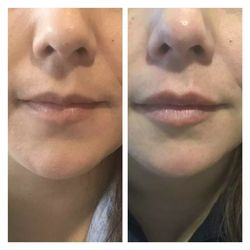 None
None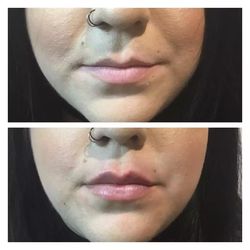 None
None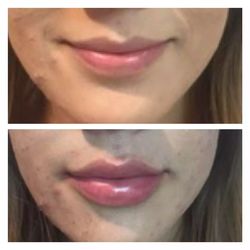 None
None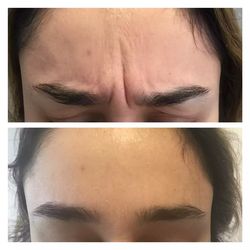 None
None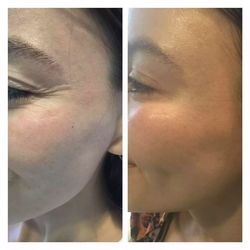 None
None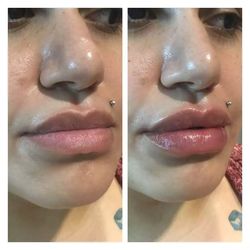 None
None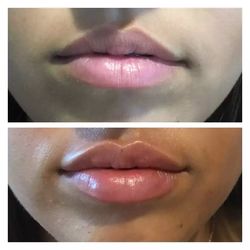 None
None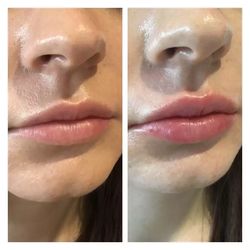 None
None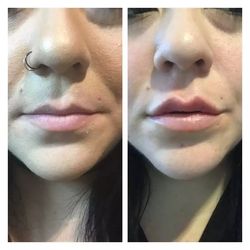 None
None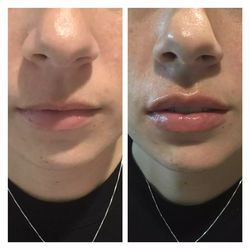 None
None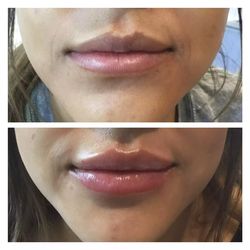 None
None None
None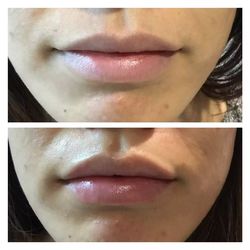 None
None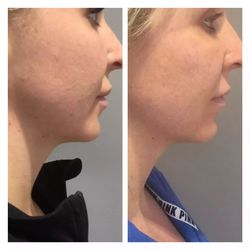 None
None None
None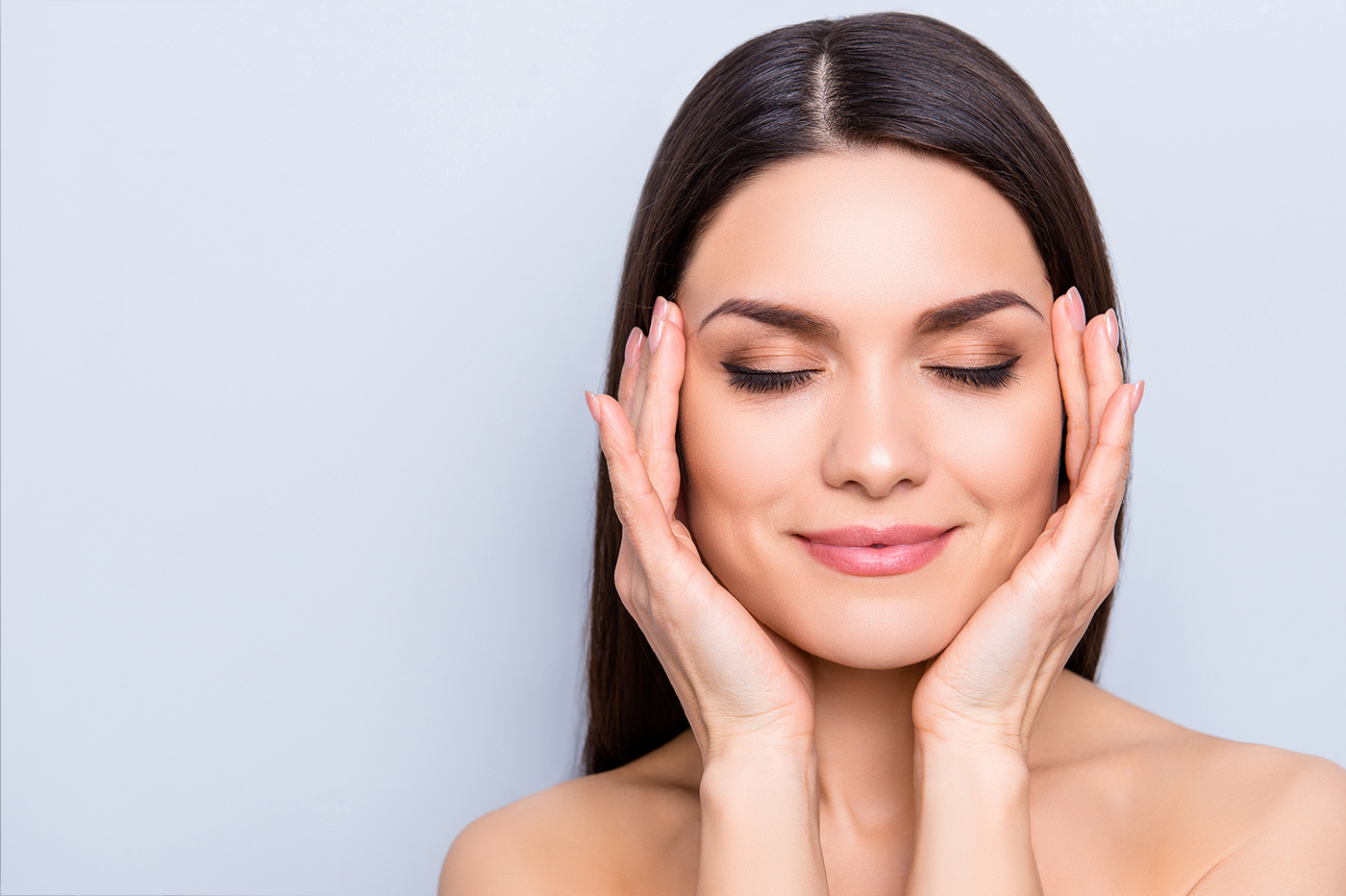
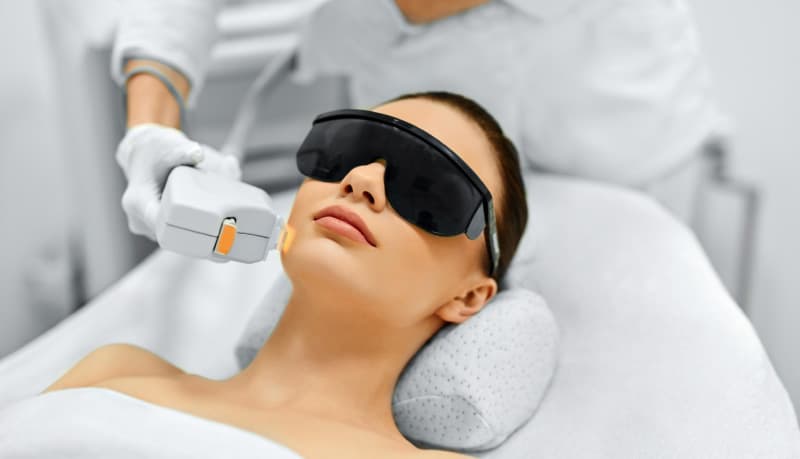


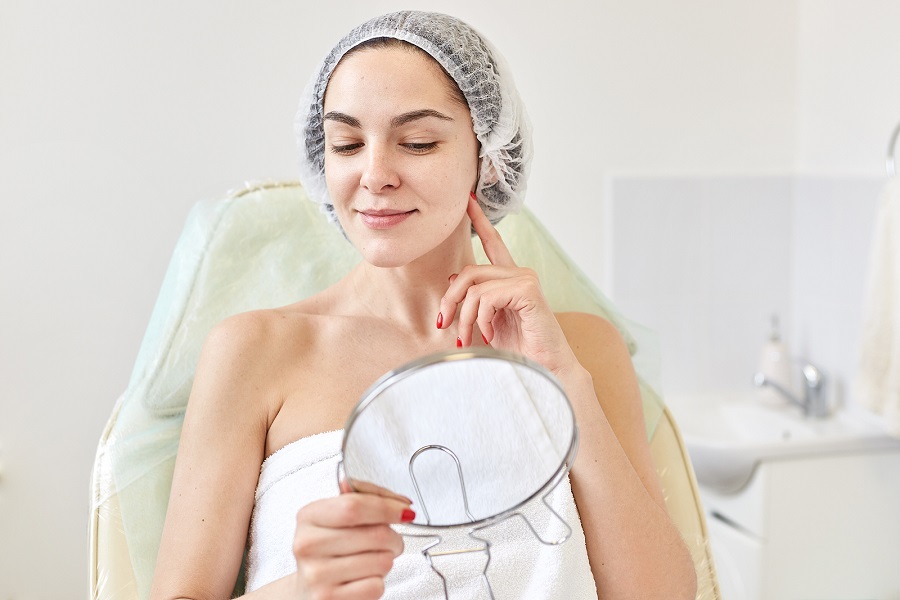






0 comments